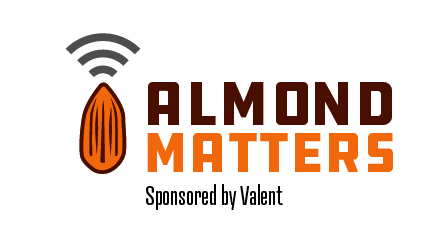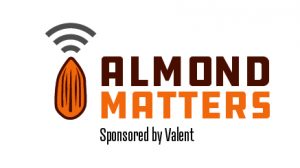In today’s Almond Matters, brought to you by Valent, growers will want to be actively monitoring for signs of summer diseases in orchards. Field Market Development Specialist with Valent U.S.A., Todd Burkdoll explained that Alternaria is probably at the top of the list of concerns for growers.
“It tends to be a later season problem. It’s induced by the climate within your given orchard. If it’s a high-density orchard, basically you’ve restricted airflow,” said Burkdoll. “It can be better for production, but you also run the risk of creating a microclimate for diseases like Alternaria which can come in late and cause defoliation. In fact, it can get on the fruit and damage the fruit as well. Keeping that in mind, you just need to scout for it and watch out for the first sign of infection.”
Preventative action is especially important when addressing fungal diseases, as curative approaches are not as successful at addressing disease issues. Orchard composition and previous disease pressure can help growers make management decisions when it comes to disease prevention. “If they’ve had a history of Alternaria in the past they better treat for it preventatively otherwise it can go pretty fast,” Burkdoll noted.
Other summer diseases such as scab can be a problem for growers but are more dependent on rain events to become a significant issue for growers. Burkdoll said the biggest thing is performing diligent scouting to be aware of what is going on out in individual orchards and make the necessary applications before disease pressure gets too high. “I recommend Quash. It’s a triazole and it’s systemic. It’s probably the strongest triazole out there based on university guidelines and whatnot. It’s a good material. You can put out what’s started and keep it clean going forward as well,” said Burkdoll.
Listen to the report below.











